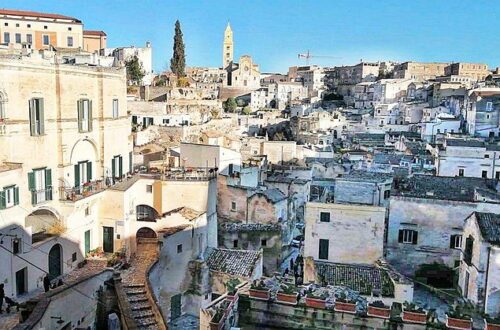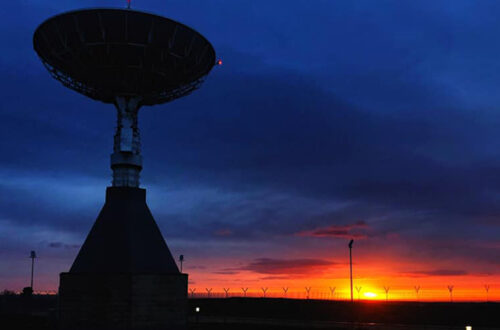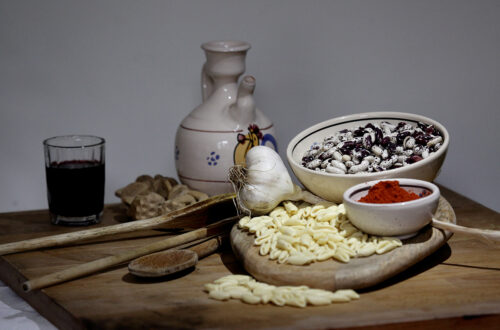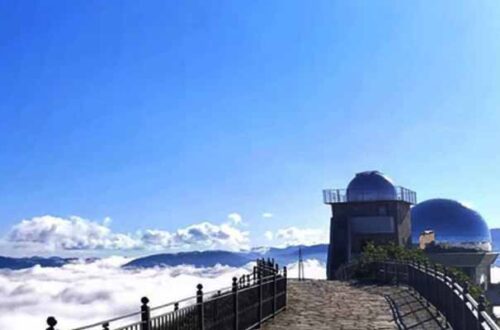The Ionian coast of Lucania, with its sandy beaches, embraces the plain of Metaponto, which houses important archaeological areas, among the most interesting and rich in the peninsula. The Greeks settled here and founded their flourishing colonies, which became the scene of commercial and cultural exchanges that lasted for centuries.
The memories and glories of these ancient times are found in the archaeological sites of Metapontum and Siris-Herakleia. The first to arrive were the Achaeans; in these fertile cultivated areas the Greek colonists found a perfect place in which to settle and leave traces of their timeless culture.
This journey into the past begins in the archaeological area of Metaponto. Founded around the eighth century BC, it was chosen by Pythagoras to spread his thought. The most majestic testimony of Hellenic civilization is located outside the city: it is the Palatine Tables, or Temple of Hera, the main place of worship in the whole area. The Doric style is told by the 36 columns, 15 of which are intact and well preserved. From the ancient city the remains of the theater, the Agora, the Temple of Apollo Licio, Demeter and Aphrodite, and the Necropolis can be reached.
Going towards the south, we reach Heraclea (today Policoro), founded in 433 BC. on the ruins of ancient Siris, which, in turn, was founded in the seventh century BC. by the Greeks of Asia Minor. For its prosperity, the city was chosen the capital of the Italian League, the union of the cities of Magna Graecia. It held its role for a long time due to its central position in the Gulf of Taranto and its strategic location, lapped by the sea and furrowed by navigable rivers, which intercepted commercial traffic with the East. The Siris-Herakleia Archaeological Park reserves an interesting path among the remains of the town: the insulae designed by the intersection between the central street (plateia) and the secondary streets (stenopoi), the foundations of the archaic temple of Demeter and other sacred buildings.
One of the evidencies of the flourishing civilization that prospered in these places is represented by the Coin of Metaponto, which depicted a sheaf of wheat on one face and various objects on the back including heroes, leaders and divinities, even natural elements or objects related to agricultural practices.
These and other important finds, such as Mycenaean ceramics and jewels are kept in the National Archaeological Museum of Metaponto and in the Siritide Museum in Policoro, perfect places to explore and to conclude this journey into the glorious past of Magna Graecia.






 e
e